Have you ever noticed that your vehicle's fuel efficiency drops whenever you get new tires? Well, you're not alone. This issue has long been a talking point with vehicle owners, so we did some research to shed some light on the mystery. Here's what we found.
Materials that make up new tires are stiffer compared to that of used and worn-out tires. The stiffness increases the drag against the road, a condition known as rolling resistance, increasing fuel consumption as a result. As the tires get used and experience wear, fuel efficiency should go back to normal.
This issue is quite common in vehicles with new tires. But what is rolling resistance, and how can you improve your fuel efficiency? For this and other car care and maintenance tips, check out the rest of this article.
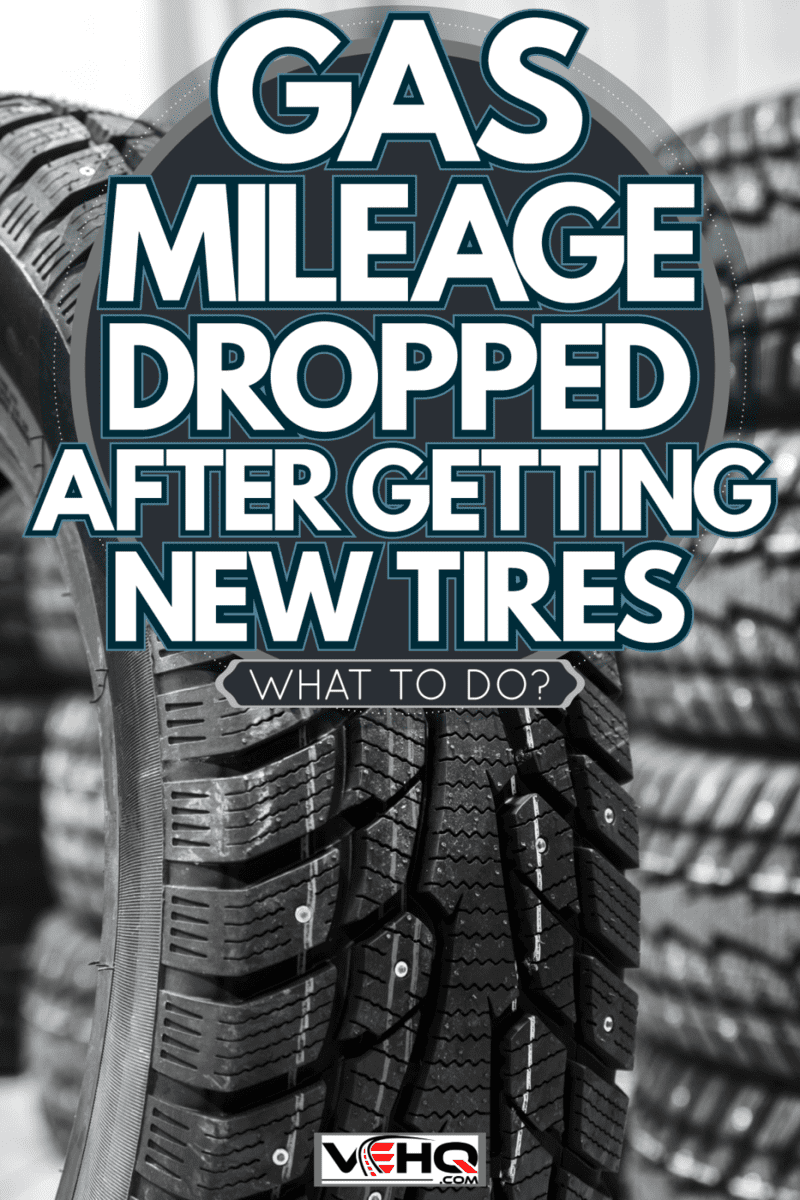
What Is Rolling Resistance?
Whenever you press the gas pedal and your vehicle starts to move, your tires experience rolling resistance. Rolling resistance is a combination of forces that affect your vehicle's forward motion. In simple terms, rolling resistance creates drag.
The factors in rolling resistance include the weight of your vehicle, the amount of friction between the tires and the road, the air resistance you encounter when moving forward, and the earth's gravity. All of these factors play a part in producing rolling resistance.
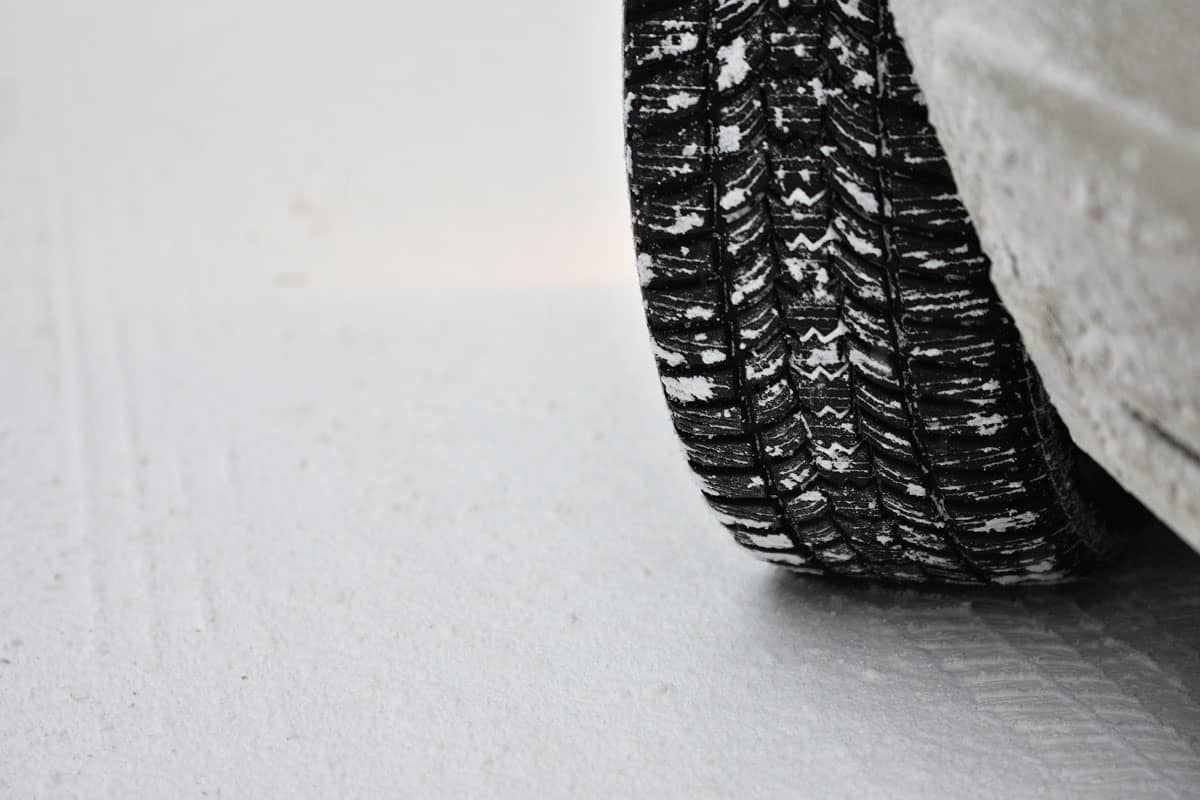
Even though your tires are not the only things being affected by rolling resistance, they still contribute about 15-25%. This is a significant factor in terms of fuel economy.
Do New Tires Need To Be Broken In?
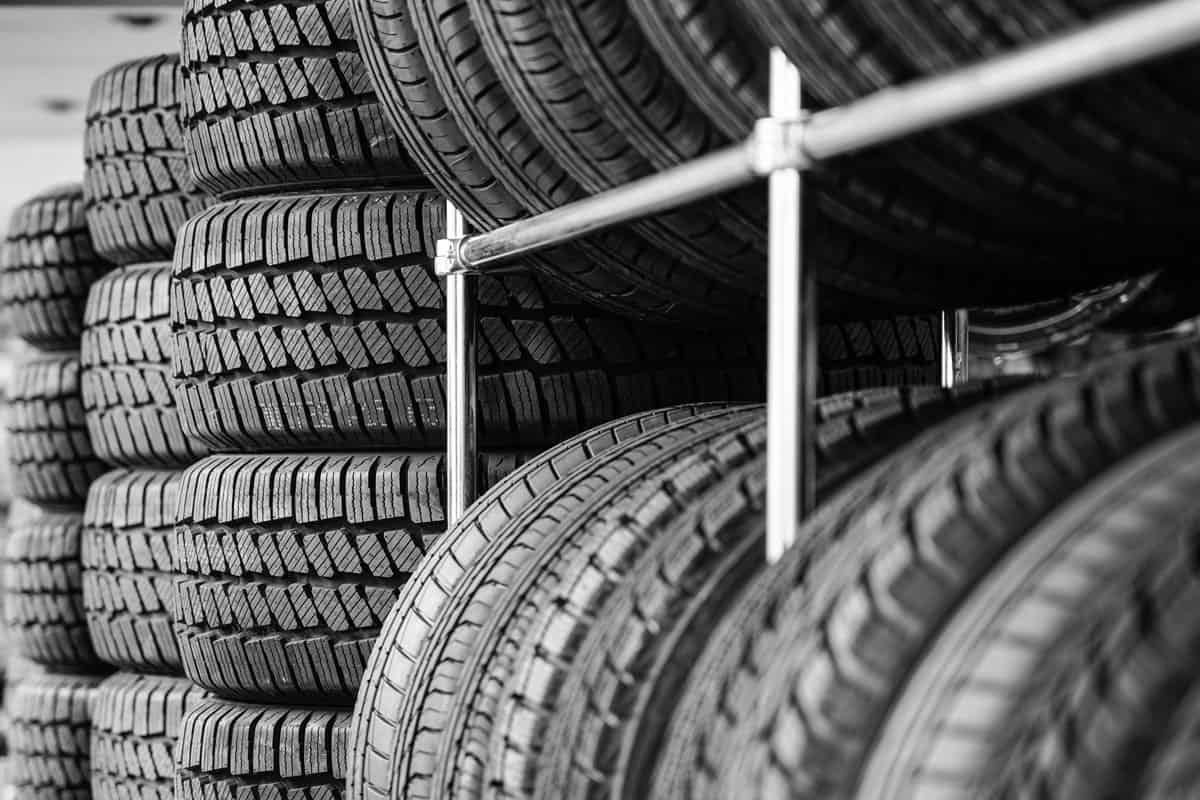
Remember the last time you bought new shoes, and they felt so stiff and uncomfortable? Once you wore them for a while, you could confidently walk and run. The same goes with your new tires—they also need some warming up.
Tires are made up of layers of rubber, steel, and fabric. During the manufacturing process, they are coated with a release lubricant to prevent them from sticking in the mold. By the time you get your tires, some of those lubricants stay on the surface of the tire.
Naturally, you will need to drive the new tires for a few miles to wear off those lubricants and allow the components of your tires to achieve their optimum performance.
How Long Does it Take to Break In the Tires?
In general, it takes about 500 miles to fully break in a new set of tires. So be careful on those newbies, accelerate a little easier, brake a little lighter, and take turns a little slower than usual. It is not until the tread is slightly roughened that will you be able to feel the normal ride quality.
Don’t be surprised if your tires are a little slow to respond. Tread depth is one of the factors in how quickly your tires will respond.
As a rule of thumb, tires with a low tread respond more quickly. The ones with fuller depth will be a little harder to wear down.
Importance of Tread Depth
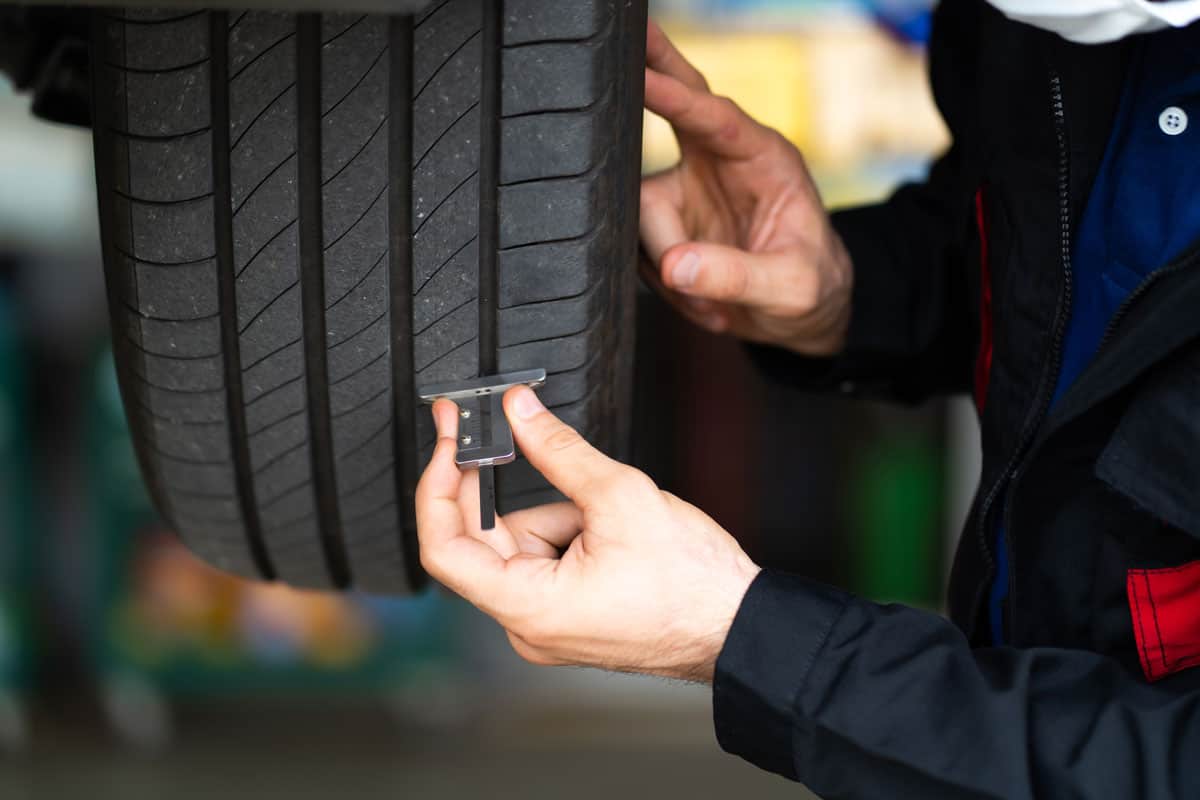
The tires bond your vehicle to the ground, and the tread is the rubber that touches the ground that allows you to get a grip on the road. If it isn’t deep enough, the car loses hold of the ground. On the other hand, tires with shallow tread aren’t going to get you through the rainy days, as they will easily slip and drift on wet roads.
On average, new tires have a tread depth of 8 to 9 mm (10/32 to 11/32 inches). As you drive, this will wear down, but watch out because a tire with a tread depth below 1.6mm (2/32 inches) already lacks grip. The braking distance and your control of the vehicle will be compromised. If this is the case, you will need to replace your tires.
Can New Tires Impact Gas Mileage?
Tires are important because they help cars perform more efficiently. New tires are stiffer than old ones, which means that the drag against the road is harder. This increases the fuel consumption by about 3% to 8%.
As the tire wears in and loses its air pressure and its mass, this drag is decreased, and you get better gas mileage. This effect is heavily felt with trucks and commercial vehicles with larger tires.
How Much Does Tire Size Affect Mileage?
As the tire gets larger and heavier, acceleration and fuel economy suffer. Heavy tires add to the total weight of your vehicle and the fuel requirement for it to run.
Smaller tires weigh less and require less energy. Switching to smaller tires to increase fuel economy sounds good, doesn’t it?
This is not always the case. It may not even be worth it to do the switch because of the extra expense of the engine work required to get the car to operate in its most efficient rpm range.
Tips And Tricks To Improve Fuel Efficiency
With gas prices soaring nowadays, you need to know how to conserve and improve your vehicle's fuel efficiency. According to the EPA, there are tried and tested ways of reducing the amount of fuel your vehicle consumes.
Driving Efficiently
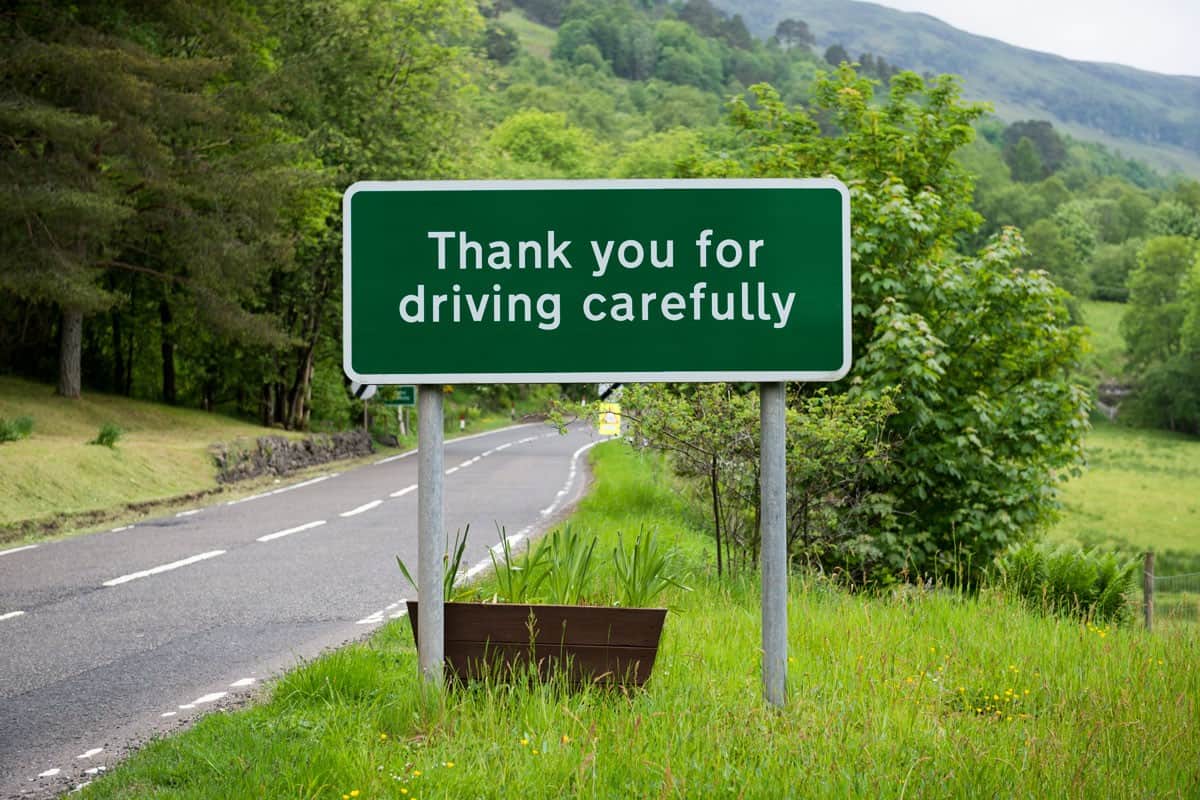
Whenever you're driving, always observe the speed limit of the area. This not only keeps you safe from speeding tickets, which can be pricey, but you also get to improve your gas mileage. Fuel economy typically decreases as your speed exceeds 50 mph.
Also, try to become a more defensive driver. Aggressive driving wastes gas. All that rapid acceleration and sudden brakes do your engine no good. It can affect your gas mileage by as much as 40% in traffic situations.
Lastly, avoid excessive idling. You're not only wasting your gas, but you're also wasting money. Gas nowadays doesn't come cheap.
Proper Car Care and Maintenance
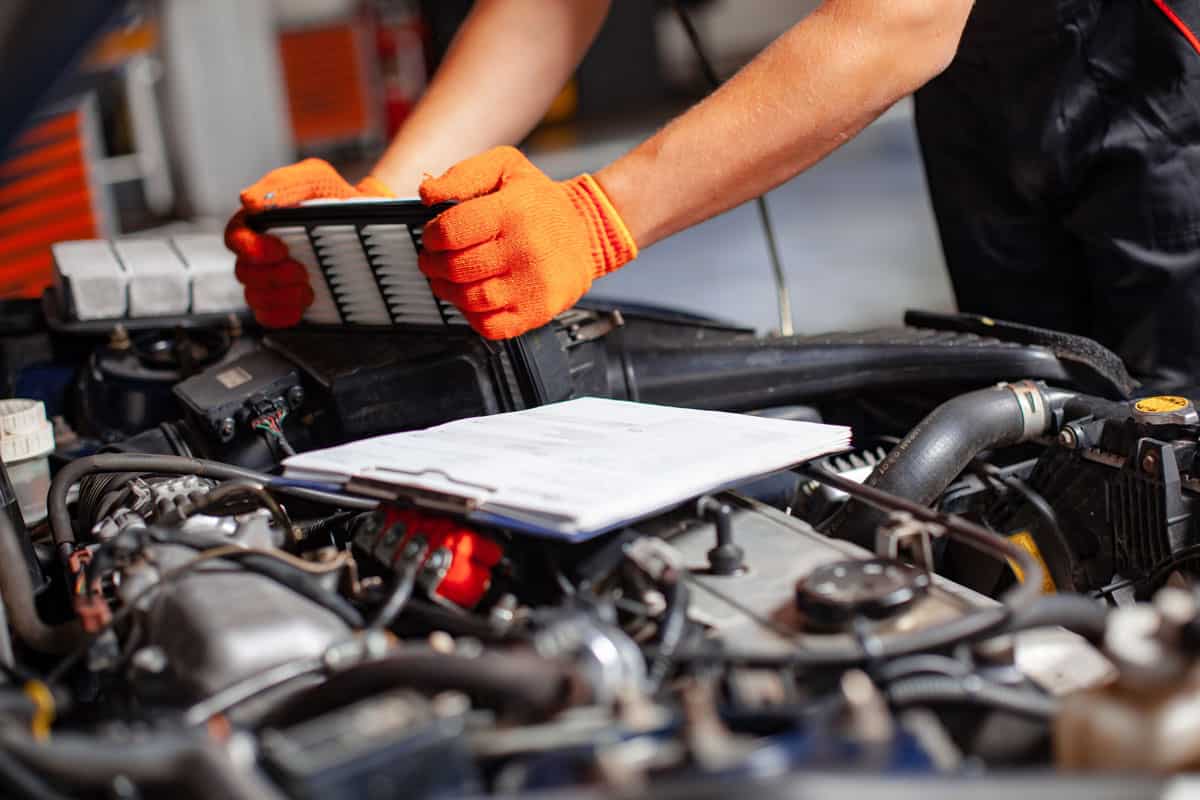
Taking your car to a mechanic can be a hassle. But it is essential to get your car checked periodically. Fixing a car that is out of tune or that has a faulty sensor can go a long way in terms of fuel economy improvements.
Additionally, keeping your tires properly inflated can help you save on gas. Tires that are sufficiently inflated can improve gas mileage by as much as 3%. When you're unsure of the proper tire pressure, you can consult the information sticker on the driver's side door jamb.
Finally, use the recommended motor oil for your vehicle. Using the wrong grade will prevent your vehicle from reaching its most fuel-efficient state. Also, buy the recommended motor oil that has "Energy Conserving" on the API symbol. This means it contains friction-reducing additives that further help in improving fuel economy.
Plan Trips Ahead of Time
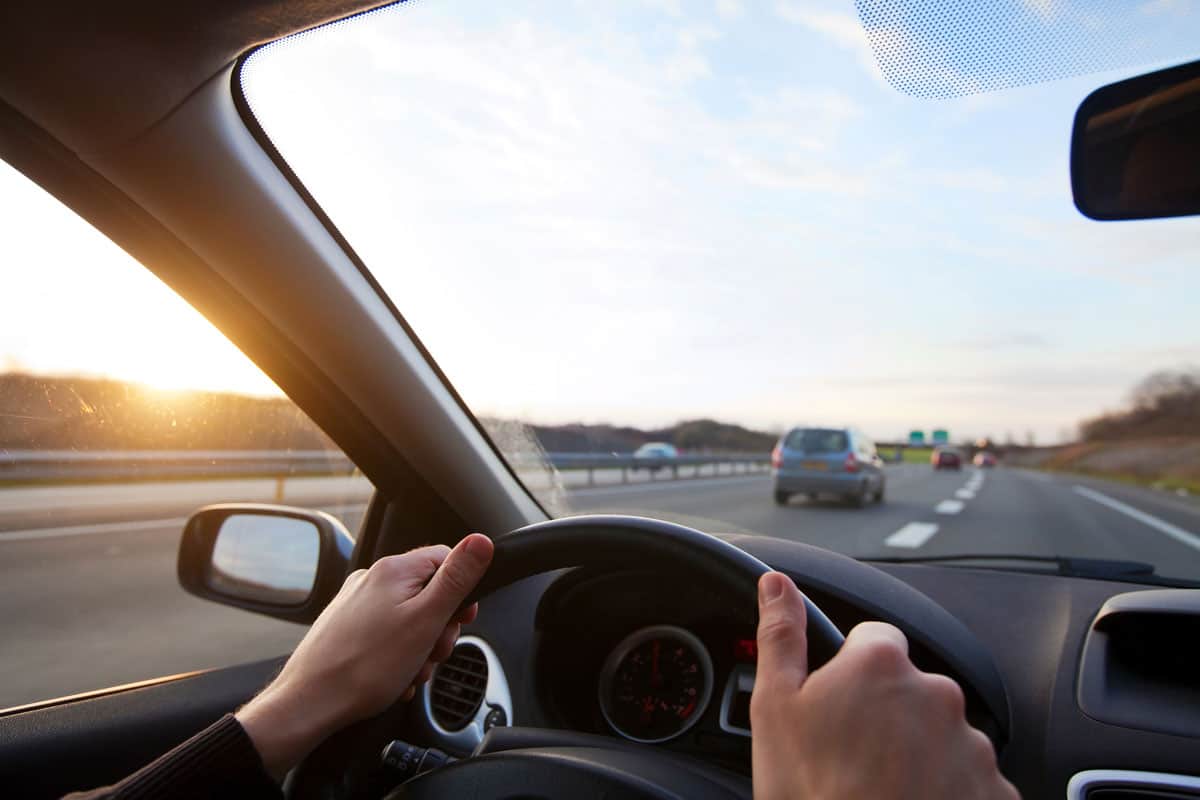
Traffic can be a headache when going to work or running an errand. It is also a headache for your vehicle's fuel economy. The consistent stop-and-go scenario decreases fuel efficiency, which results in more money spent on gas.
Try to avoid peak rush hours and, if possible, join a carpooling program at your workplace. You can also schedule and combine errands into one big trip to save on fuel costs. Several short trips covering the same distance takes more fuel.
Go for a More Fuel-Efficient Vehicle
The current automotive market is saturated with fuel-efficient vehicles. Manufacturers are competing with each other on who can produce the most fuel-efficient vehicle. The EPA is a great tool to compare vehicles from different automakers on which is the better option in terms of fuel efficiency.
The difference in costs between a vehicle that returns 20 mpg and one that returns 30 mpg is about $1,218 per year. That is $6,088 spent on fuel in a span of five years. So remember, choose wisely.
In Conclusion
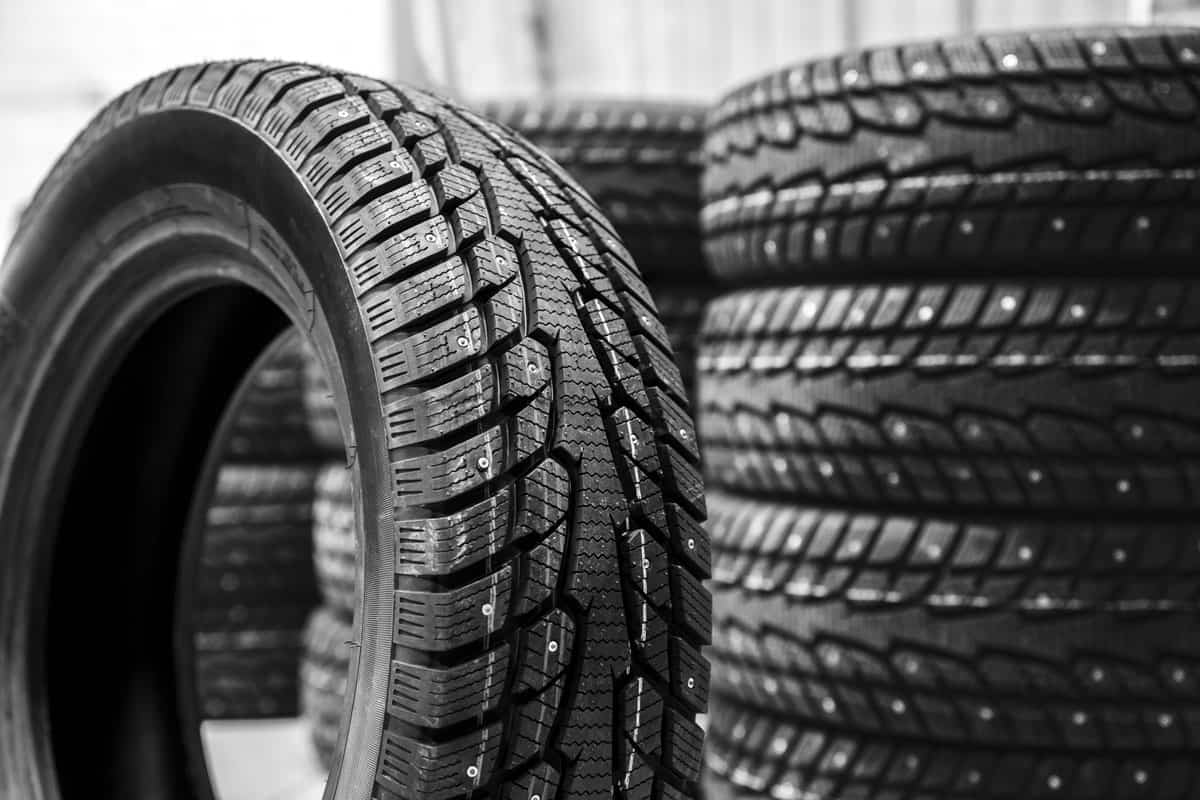
Conserving and taking care of your vehicle means that you also have to take care of the tires. When they're brand new, your tires might decrease your gas mileage. But this will still outweigh the risk of driving with tires that have worn-out tread.
After all, your vehicle's gas mileage does not only depend on whether you have brand new or used tires. The way you drive, how often you do preventive maintenance, and how you plan your trips play all play a key role in determining the money you save on gas.
With soaring gas prices, it's always better to be in the know when it comes to fuel-saving tips and tricks that will not only benefit your pocket, but also your vehicle. Drive safe!
If you found this post helpful, be sure to check out some of our other posts:
Windshield Fogs Up When It Rains – What To Do?
